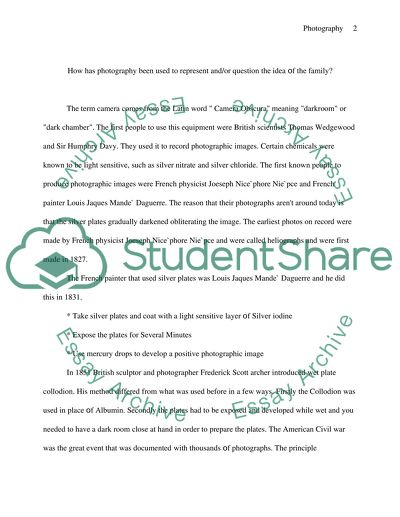Cite this document
(“Photography Essay Example | Topics and Well Written Essays - 2000 words”, n.d.)
Photography Essay Example | Topics and Well Written Essays - 2000 words. Retrieved from https://studentshare.org/technology/1499105-photography-essay
Photography Essay Example | Topics and Well Written Essays - 2000 words. Retrieved from https://studentshare.org/technology/1499105-photography-essay
(Photography Essay Example | Topics and Well Written Essays - 2000 Words)
Photography Essay Example | Topics and Well Written Essays - 2000 Words. https://studentshare.org/technology/1499105-photography-essay.
Photography Essay Example | Topics and Well Written Essays - 2000 Words. https://studentshare.org/technology/1499105-photography-essay.
“Photography Essay Example | Topics and Well Written Essays - 2000 Words”, n.d. https://studentshare.org/technology/1499105-photography-essay.


